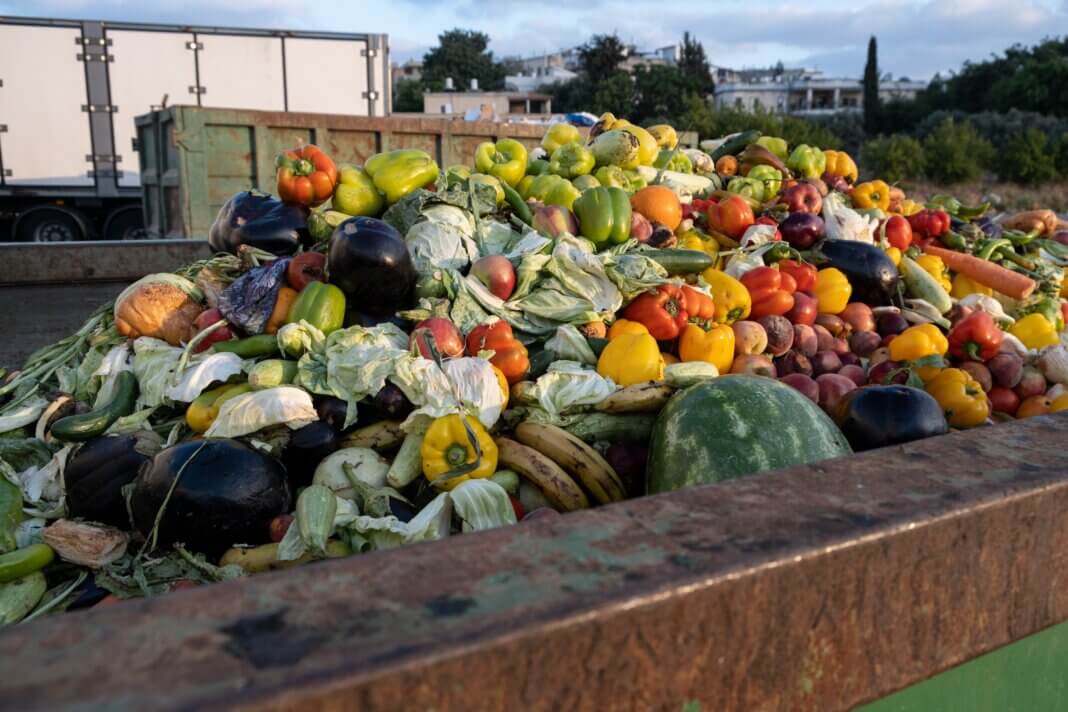How Is Food Waste Connected to Energy Production in Restaurants?
By Beth Rush
Restaurants are cherished gathering spots where people come together to celebrate special occasions and indulge in memorable dining experiences, but they also generate substantial waste, including leftovers, kitchen scraps, and expired ingredients. Food waste is an environmental issue that affects energy consumption and production. By recognizing this connection, restaurant owners can make more sustainable choices that benefit the planet and their bottom line.
How Food Waste Affects Restaurants
Every stage of food production requires massive resources, from farming and transportation to storage and preparation. Wasting food means losing all the energy used to produce, transport, and store it, contributing to an inefficient system.
In addition to these hidden energy costs, wasting food translates into higher refrigeration and cooking expenses, more frequent deliveries, and increased disposal costs. By making more conscientious choices, restaurants can save money and decrease their carbon footprint.
The Environmental Implications of Wasting Food
The food industry is responsible for a significant portion of global energy consumption. Between 20% and 40% of food produced globally goes to waste, which means losing a substantial amount of energy. In restaurants, this translates into unnecessary electricity, gas, and water expenditures for food no one consumes.
Considering that an average of 17.5% of prepared foods get thrown away, there is a significant opportunity to improve the relationship between energy use and food waste in restaurants. Restaurant owners can drastically reduce their environmental footprint by adopting strategies such as better inventory management, efficient cooking practices, and waste-to-energy solutions. These tactics can lead to substantial cost savings, enhance sustainability, and contribute to a more responsible food service industry.
The Economic Benefits of Reducing Food Waste in Restaurants
Reducing food waste also has financial benefits. Restaurants that reduce food loss spend less on purchasing ingredients, refrigeration, and water disposal. Additionally, implementing waste reduction programs can improve a restaurant’s reputation, attracting environmentally conscious customers who enjoy supporting businesses that prioritize sustainability. Lowering energy consumption through principled food practices also reduces utility bills, leading to long-term savings.
The financial implications extend beyond individual restaurants. On a global scale, wasted food costs more than $1 trillion annually. This staggering figure underscores the immense potential for redirecting resources into more productive avenues. By addressing food waste, the food service industry can contribute to job creation, support sustainable initiatives, and foster economic growth.
Converting Food Surplus Into Energy — A Sustainable Solution for Restaurants
When restaurant workers discard food, it often ends up in landfills. As the food decomposes, it releases methane, a harmful gas contributing to climate change. However, there are better ways to handle it, such as creating clean energy while reducing environmental impact.
Restaurant owners have several options for using food waste as energy, turning it into a valuable resource instead of a burden. First, they can partner with waste-to-energy facilities to convert organic waste into sustainable biofuel. Additionally, recycling used cooking oil through specialized processors transforms it into biodiesel, significantly reducing the reliance on fossil fuels.
Another method of using food waste to create energy is anaerobic digestion, which occurs when tiny organisms break down organic matter. This process produces biogas, which generates electricity or heat. Some businesses and cities already use this system as a renewable energy source.
Improving Storage Methods
A significant portion of restaurant food waste results from improper storage and inefficient refrigeration. Keeping food fresh for longer reduces waste and decreases the energy needed for frequent restocking. Implementing the best refrigeration and freezer storage practices can help restaurants lower their energy consumption and reduce utility costs.
For example, maintaining optimal refrigeration temperatures, properly sealing food containers, and using energy-efficient coolers can all help minimize food waste and energy use.
Reducing Cooking Energy
Cooking a meal may require several appliances, such as ovens, blenders, and fryers. Often, wasting food means using energy unnecessarily in preparation.
Restaurants can adopt multiple strategies to minimize waste, significantly enhancing their sustainability efforts and operational efficiency. One practical approach is to reuse ingredients creatively. For example, chefs can use vegetable trimmings to make soup or transform surplus bread into house-made croutons.
Another tactic is to invest in Energy Star appliances. These appliances are more energy-efficient by design and align with eco-friendly practices, appealing to environmentally conscious customers.
Batch cooking based on real-time demand is also crucial. By preparing food in smaller quantities and adjusting production based on actual customer orders, restaurants can prevent overproduction and minimize the likelihood of food waste. This approach requires careful planning and monitoring but can lead to significant reductions in waste.
Training kitchen staff on portion control can help serve the perfect amount of food, reducing plate leftovers. Additionally, teaching appropriate preservation techniques, such as proper storage temperatures and methods, can extend the shelf life of ingredients and prevent spoilage.
Composting
Composting is an effective way to manage food waste while minimizing energy consumption. Instead of sending scraps to landfills, restaurants can compost them into nutrient-rich soil for local farms or community gardens. This practice reduces methane emissions from landfills and decreases waste management’s energy footprint. Some restaurants even integrate in-house composting systems to further cut down on transportation and disposal costs.
Saving Money and the Planet
So, how does food waste affect restaurants? The impact goes beyond lost ingredients and involves the energy used for production, transportation, and storage. By adopting efficient cooking practices and exploring waste-to-energy solutions, restaurants can reduce their environmental footprint while saving money. Reducing food waste is not merely an imperative for Mother Earth — it’s a financially sound strategy that benefits businesses and their communities.
About the author: Beth Rush is the green wellness editor at Body+Mind, where she covers topics like the power of climate consciousness at all stages of education. You can find Beth on Twitter @bodymindmag. Subscribe to Body+Mind for more posts by Beth!
